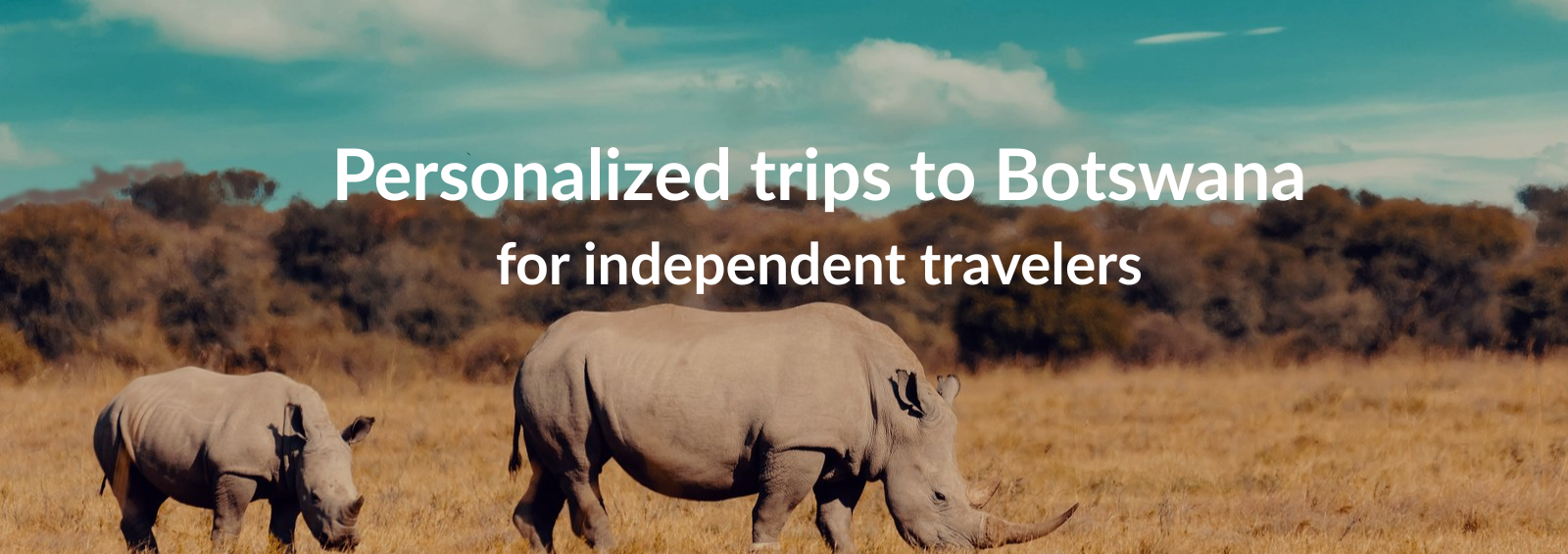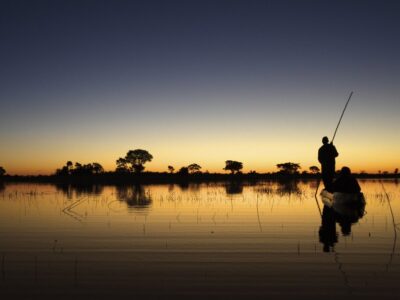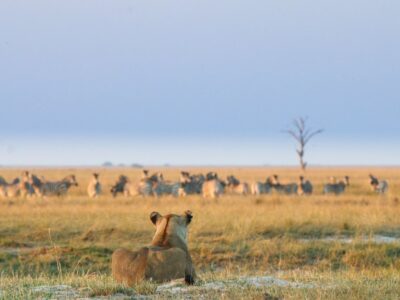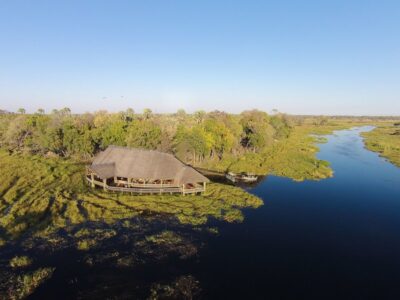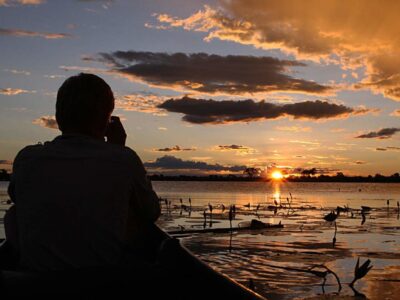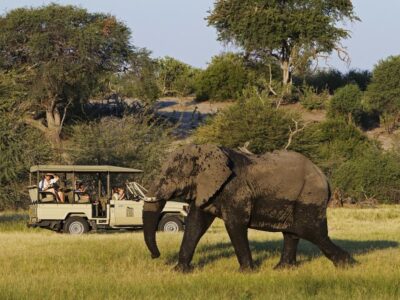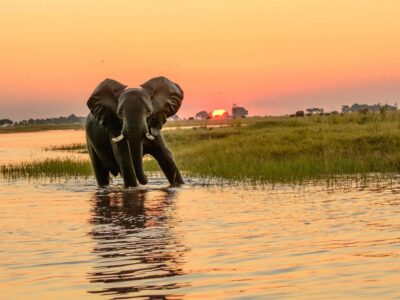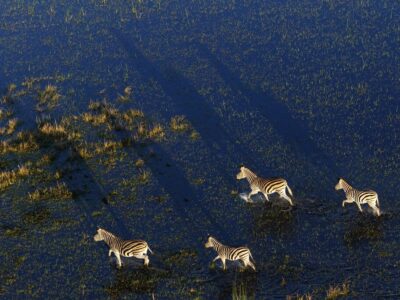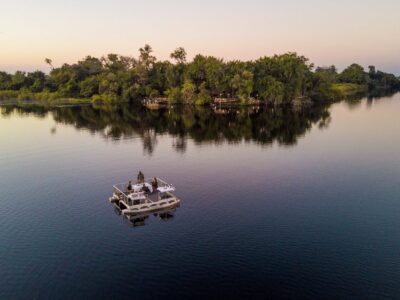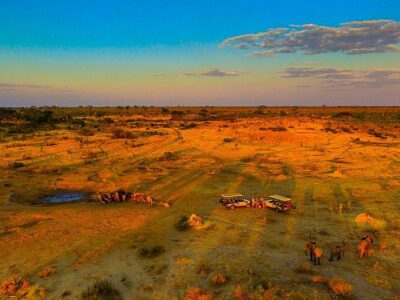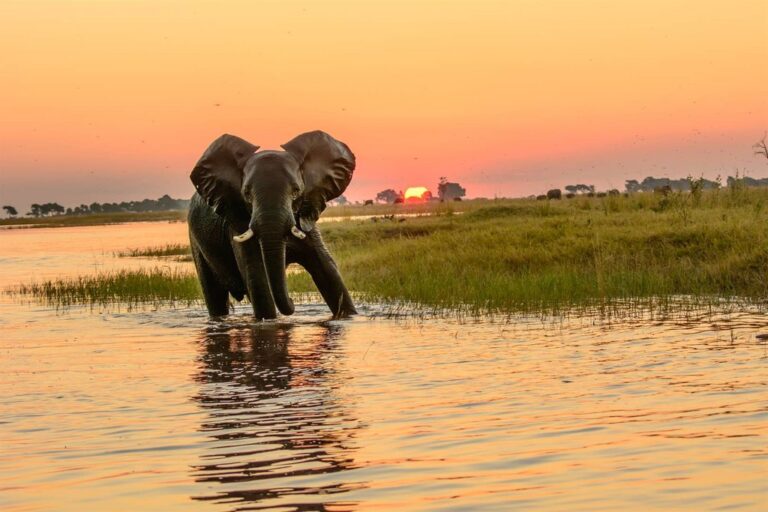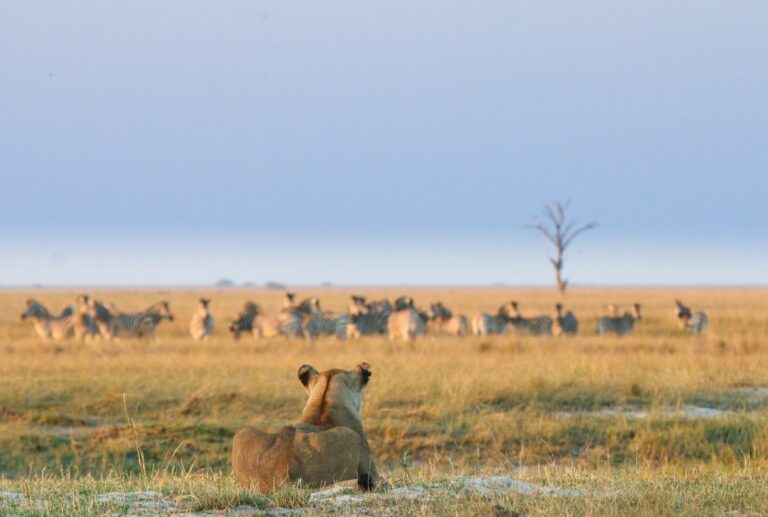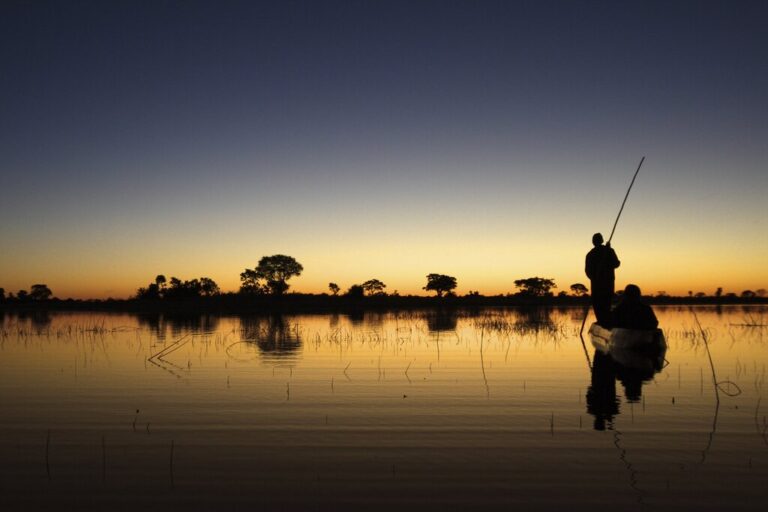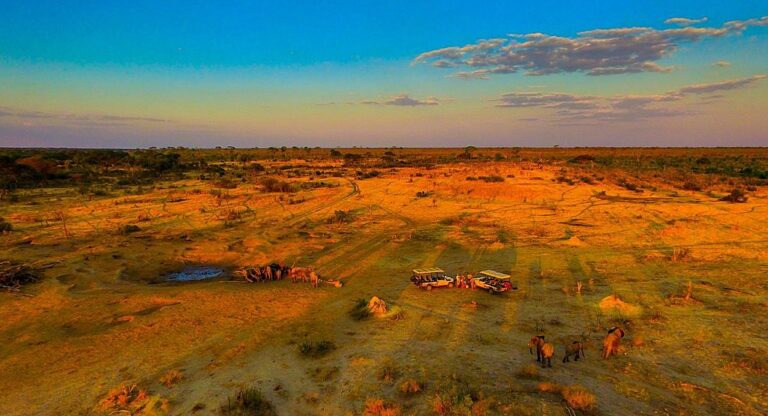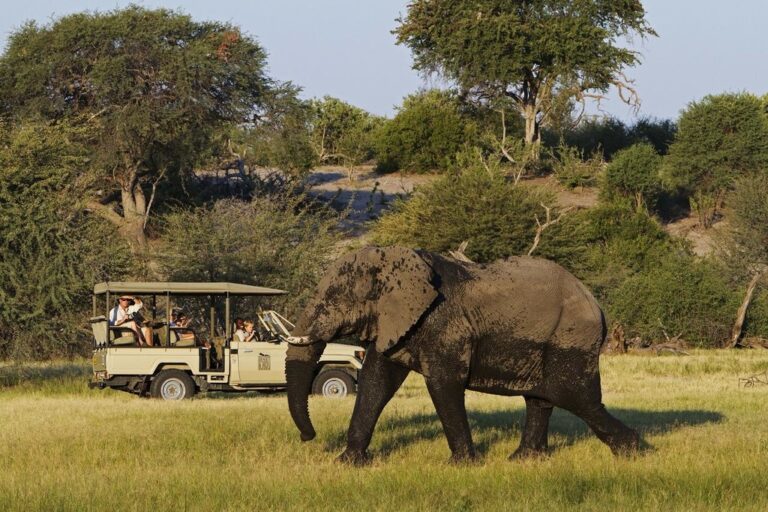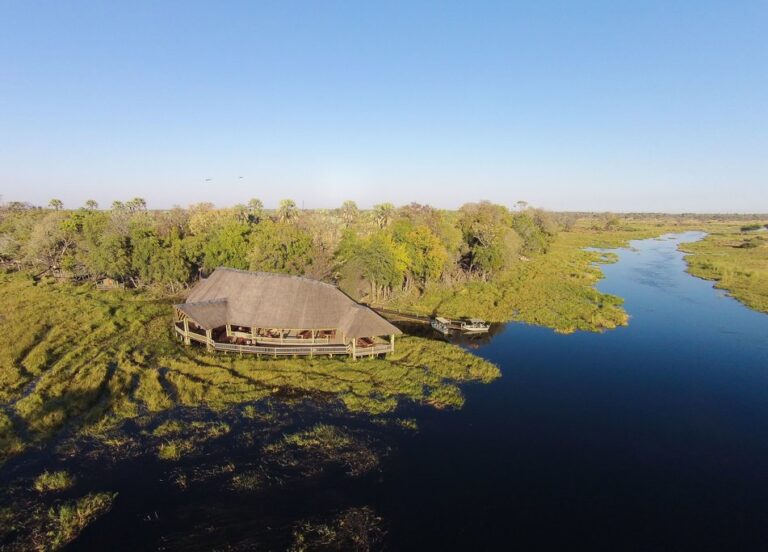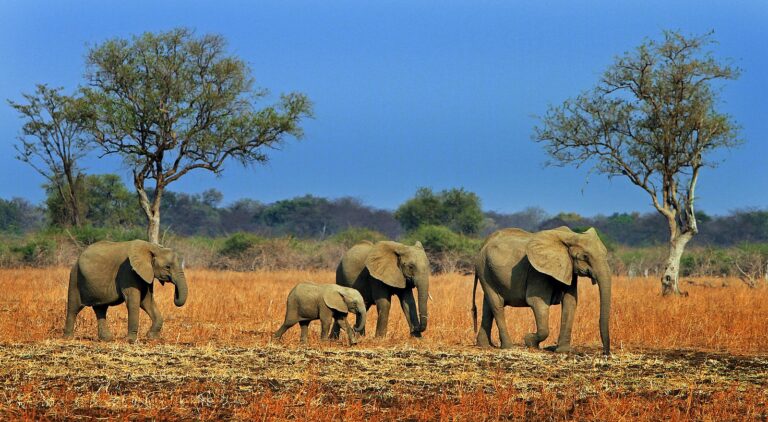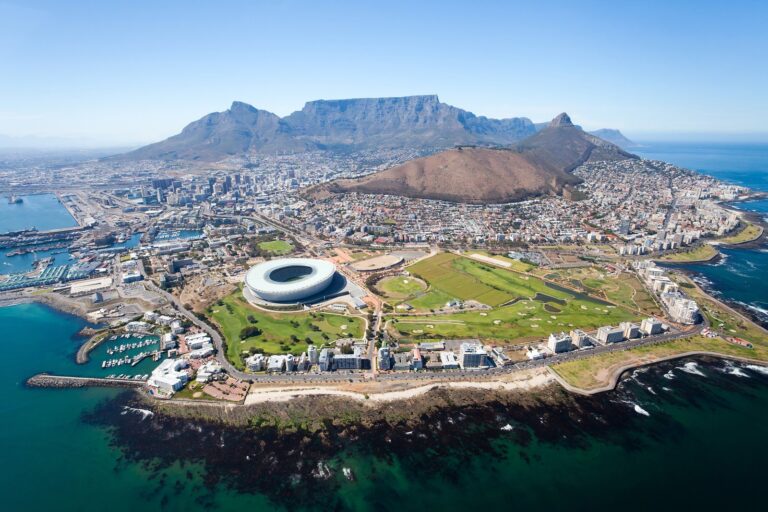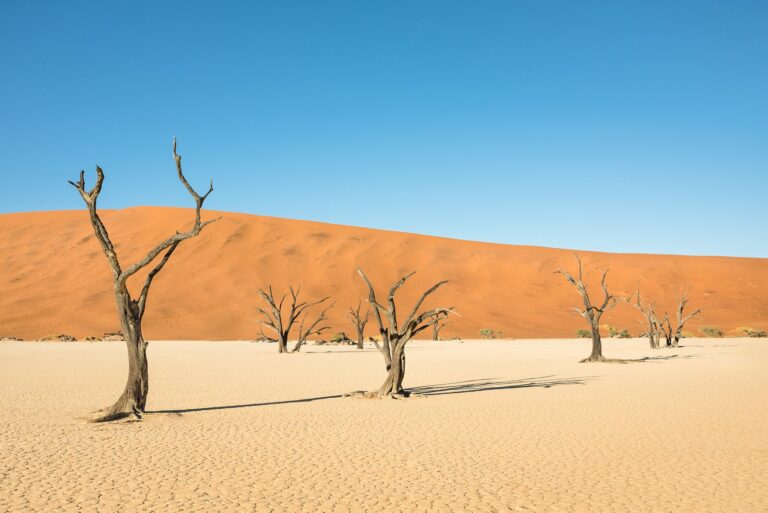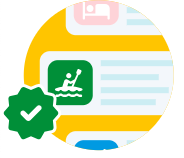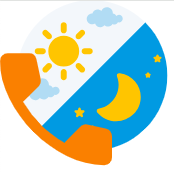Botswana
When is the best time to visit?
June to October is the dry season and the best time to view wildlife—animals are drawn to water sources, and low vegetation offers excellent visibility. Temperatures are moderate with cold mornings and evenings from June-August, while September and October are very hot (this is also when prices are highest). Rains can start as early as November, which makes for beautiful changes in the vegetation. The rainy season is in full swing from January through May, when you'll find hot, humid weather, and a drop in prices.
Where should you go?
Chobe National Park is incredibly diverse in fauna and flora, covering thousands of square miles of savanna, marshland, and grasslands—along with the Chobe and Savuti Rivers. Chobe is known for its large short-tusked elephant population, along with other Southern Africa mammals like giraffe, wildebeest, and big cats. Taking a sunset cruise on the Chobe River in the northern part of the park is a highlight. You'll also want to visit the Okavango Delta in northern Botswana, the largest inland river delta on earth—the best way to explore its islands and reeded banks is by mokoro, a traditional dugout canoe. Other draws include the Savuti Channel, Nxai Pan, Linyanti Wetlands, and the Kalahari Desert.
How many days do you need?
In one week, travelers can combine 2 or 3 of Botswana's best regions. In a week, you can also combine a Chobe safari with a visit across the border to Victoria Falls in Zimbabwe or Zambia, or a few days in Cape Town, South Africa. For more, and to get off the beaten path with unique experiences, stay for two weeks.

